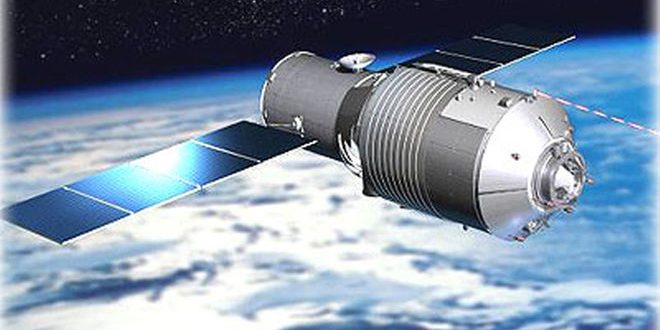China’s first space station, the Tiangong-1 or “Heavenly Palace 1,” is expected to fall back to Earth in 2017.
In a press conference last week, a senior official with the Chinese space program said the country’s first space station, Tiangong-1, which means “Heavenly Palace,” is expected to fall into the Earth’s atmosphere in the second half of 2017.
While officials said most of the space lab will burn up upon re-entry into the Earth’s atmosphere, the location of where its remnants will land, and whether the country will have the ability to steer the space lab is unclear.
Harvard Astrophysicist Jonathan McDowell told The Guardian the announcement suggested China had lost control of the station and that it would re-enter the Earth’s atmosphere “naturally.”
“You really can’t steer these things,” he said. “Even a couple of days before it re-enters we probably won’t know better than six or seven hours, plus or minus, when it’s going to come down. Not knowing when it’s going to come down translates as not knowing where it’s going to come down.”
McDowell added that while most of space station would burn up, the bigger parts—such as the rocket engines—wouldn’t burn up completely and just the slightest change in atmospheric conditions could nudge the landing site “from one continent to the next.”
“There will be lumps of about 100kg or so, still enough to give you a nasty wallop if it hit you,” he said.
The 34-foot-long space station was in service for four and a half years, two and a half years longer than it was built for, and served as a stepping-stone toward a larger space complex that China wants to launch into Earth’s orbit around 2020.
“Tiangong-1 has obtained a great deal of application and science data, which is valuable in mineral resources investigation, ocean and forest application, hydrologic and ecological environment monitoring, land use, urban thermal environment monitoring and emergency disaster control. Remarkable application benefits have been achieved,” CMSE officials wrote in a 2014 statement.
It provided timely data during China’s Yuyao flood disaster in 2013, and collected imagery of a devastating Australian forest fire as well.
Agencies/Canadajournal
 Canada Journal – News of the World Articles and videos to bring you the biggest Canadian news stories from across the country every day
Canada Journal – News of the World Articles and videos to bring you the biggest Canadian news stories from across the country every day



